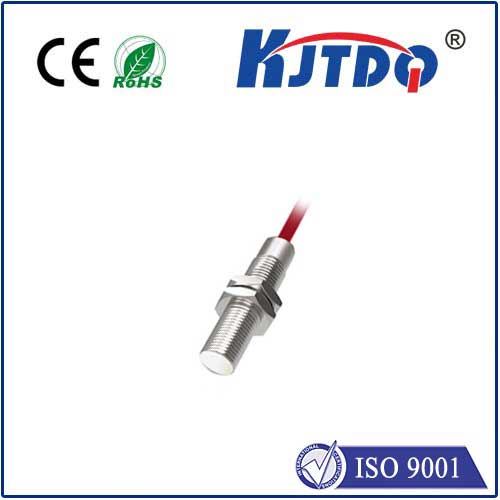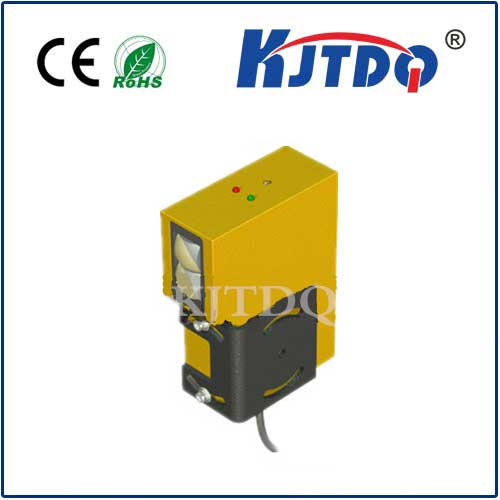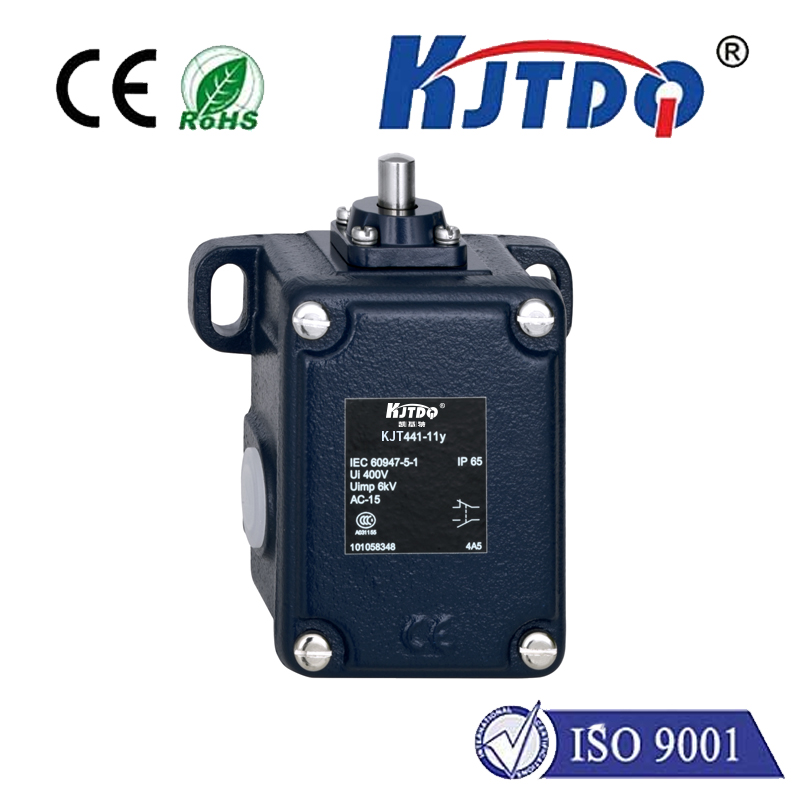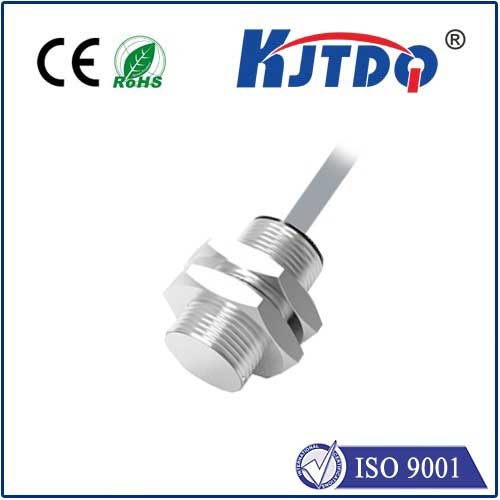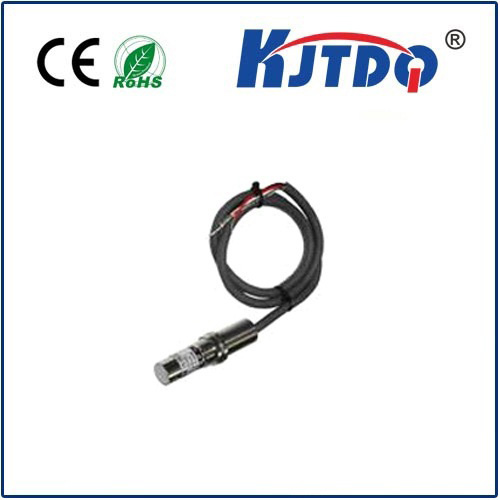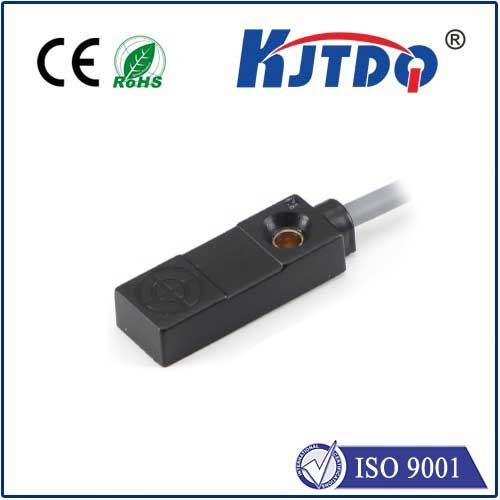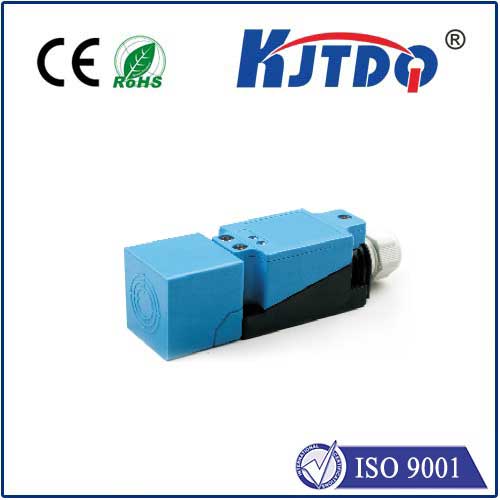Picture a high-speed robotic arm assembling intricate electronics. It moves with astonishing precision, stopping its gripper millimeters above delicate components. How does it “know” without touching? Or imagine massive turbines spinning in a power plant. Engineers need to monitor minute vibrations to prevent catastrophic failure, but physical contact would be impossible or destructive. The unsung hero enabling these feats? The датчик приближения. Far more than a simple switch, this sophisticated sensor forms the technological bedrock of countless modern industrial processes, providing critical data through non-contact measurement.
At its core, a датчик приближения detects the presence, absence, or distance of a nearby object without any physical contact. It achieves this by generating an electromagnetic field or beam. When a target object enters this sensing field, it causes a detectable change in the field’s properties. This change is then converted by the transducer into an electrical signal proportional to the object’s distance or its simple presence. This fundamental non-contact sensing principle eliminates wear and tear associated with mechanical switches and allows for high-speed, reliable operation in environments where dirt, oil, vibration, or temperature extremes would cripple other technologies.
The most common type encountered in heavy industry is the индукционный датчик приближения. These work flawlessly with metallic targets. Inside their typically rugged housing lies an oscillator coil generating a high-frequency electromagnetic field. When a ferrous or non-ferrous metal target enters this field, it induces tiny circulating currents called eddy currents within the target material. These eddy currents draw energy from the oscillator, dampening its oscillation amplitude. An internal circuit detects this amplitude change and triggers a switch output (usually PNP or NPN transistor) or provides a proportional analog output signal (like 4-20mA or 0-10V) representing distance. This robust operating principle makes inductive transducers ideal for position detection, limit sensing, and counting metallic parts on assembly lines or within CNC machinery.

While inductive sensors rule for metals, capacitive proximity transducers broaden the scope. They can detect virtually any material – plastics, liquids, powders, wood, even granular substances – by sensing changes in capacitance. They generate an electrostatic field emanating from the sensing face. When any material with a different dielectric constant to air enters this field, it alters the capacitance between the sensor’s active electrode and ground. This change is precisely measured, triggering an output signal. This versatility makes capacitive transducers indispensable for level detection in tanks (liquid or granular), material presence verification on conveyors (e.g., plastic bottles, cardboard boxes), and guarding applications.
The true power of proximity transducers extends far beyond simple on/off detection. They are the cornerstone of predictive maintenance and precision position monitoring. Mounted strategically on critical rotating machinery like motors, pumps, gearboxes, and turbines, specialized transducers, often termed eddy current probes, continuously measure minute changes in shaft position (radial displacement) and Вибрация. This allows engineers to monitor bearing health, detect shaft misalignment, identify imbalance, and catch developing mechanical faults long before they cause unplanned downtime or severe damage. Similarly, in hydraulic systems, transducers monitor piston position within cylinders with incredible accuracy, enabling precise control.
Why choose a proximity transducer over a mechanical switch? The advantages are compelling:
Selecting the right датчик приближения requires careful consideration of the application:
From automotive assembly robots ensuring perfect part placement, to food processing lines detecting bottle caps through plastic, to safeguarding multi-million dollar generators by monitoring minute shaft movements, proximity transducers are the silent, reliable sentinels of the industrial world. Their ability to provide critical data through non-contact sensing enables higher automation levels, improved product quality, enhanced machinery safety, and significant cost savings through predictive maintenance. As industries push towards greater efficiency and intelligence, the датчик приближения remains a fundamental, evolving technology at the very heart of modern industrial sensing.
